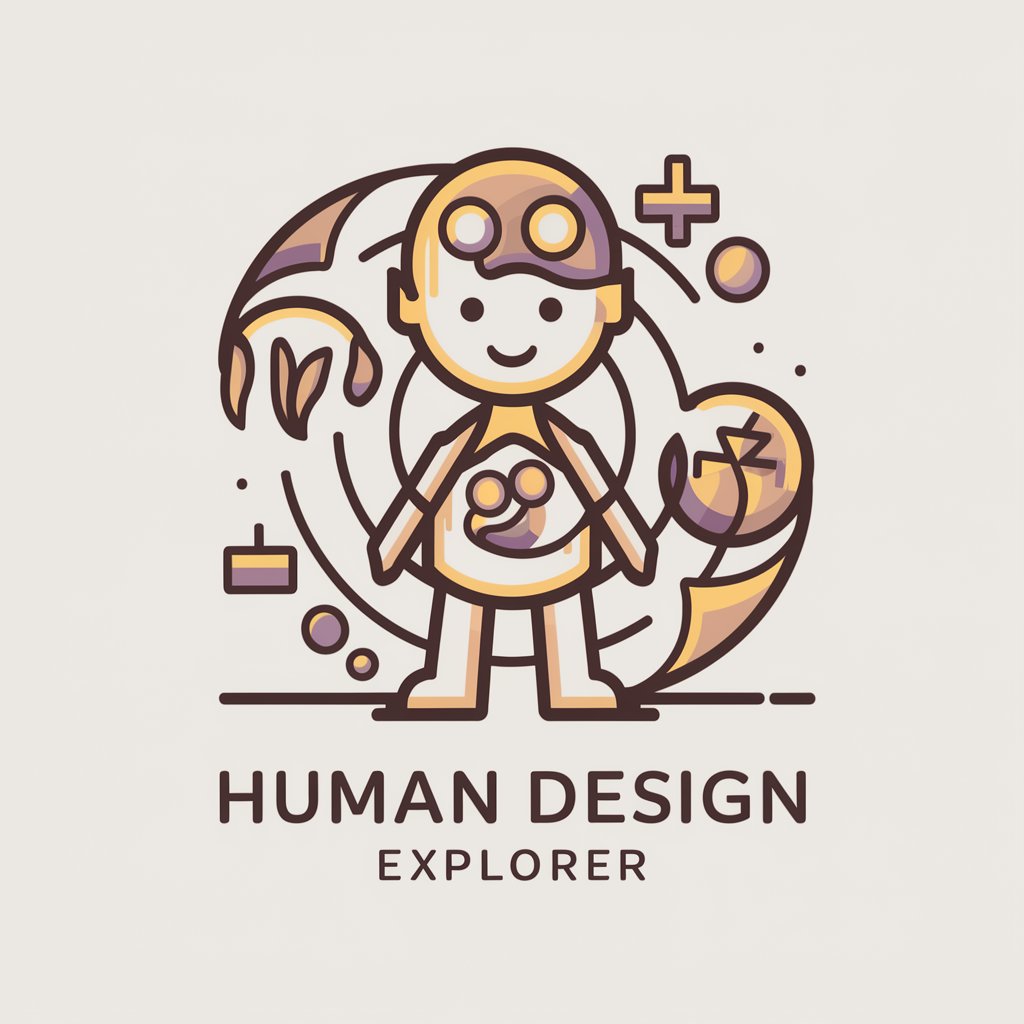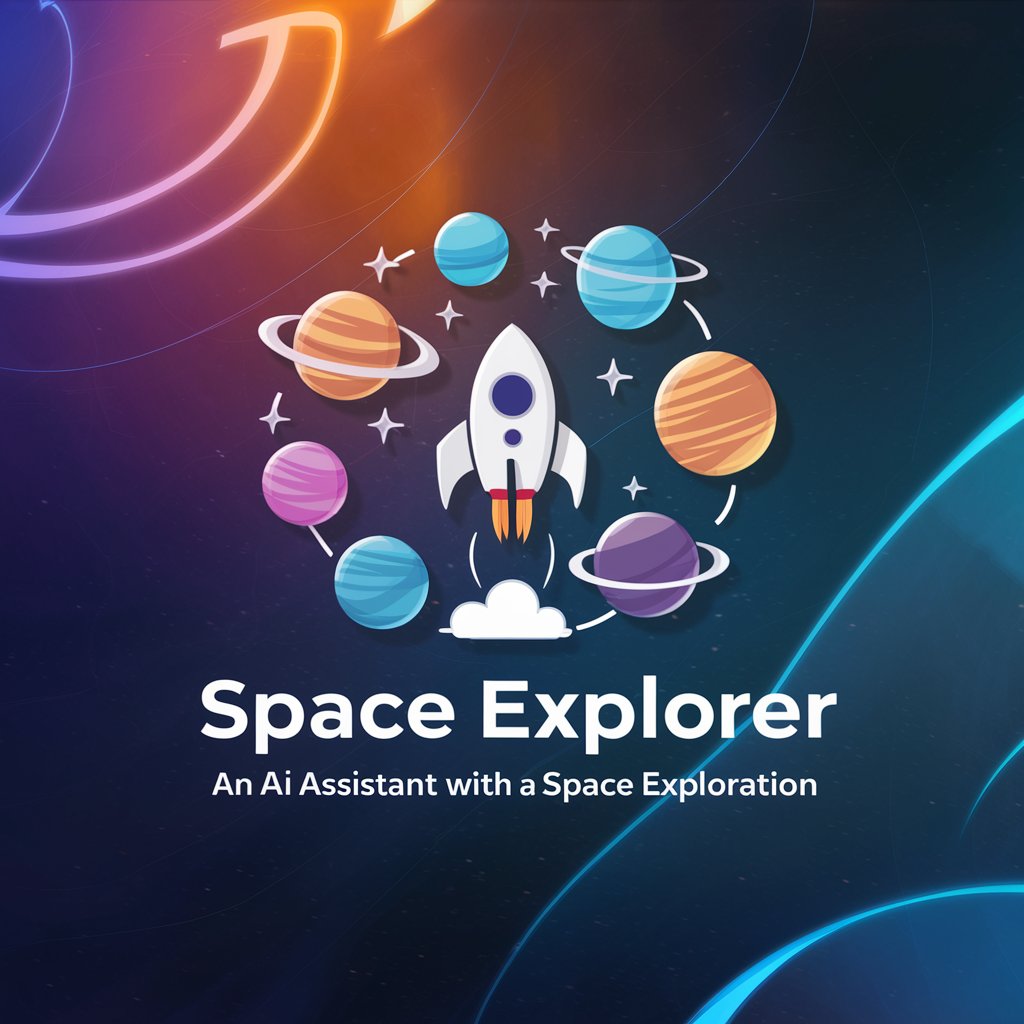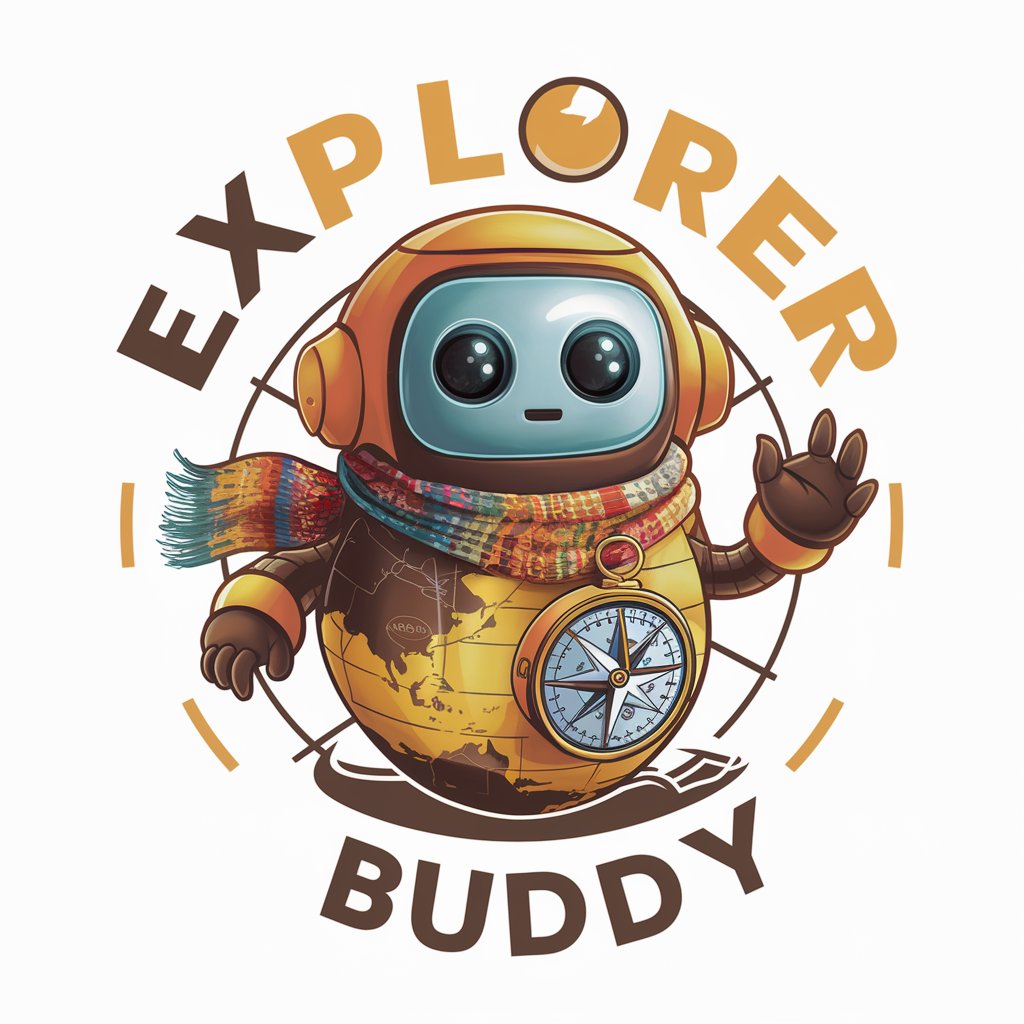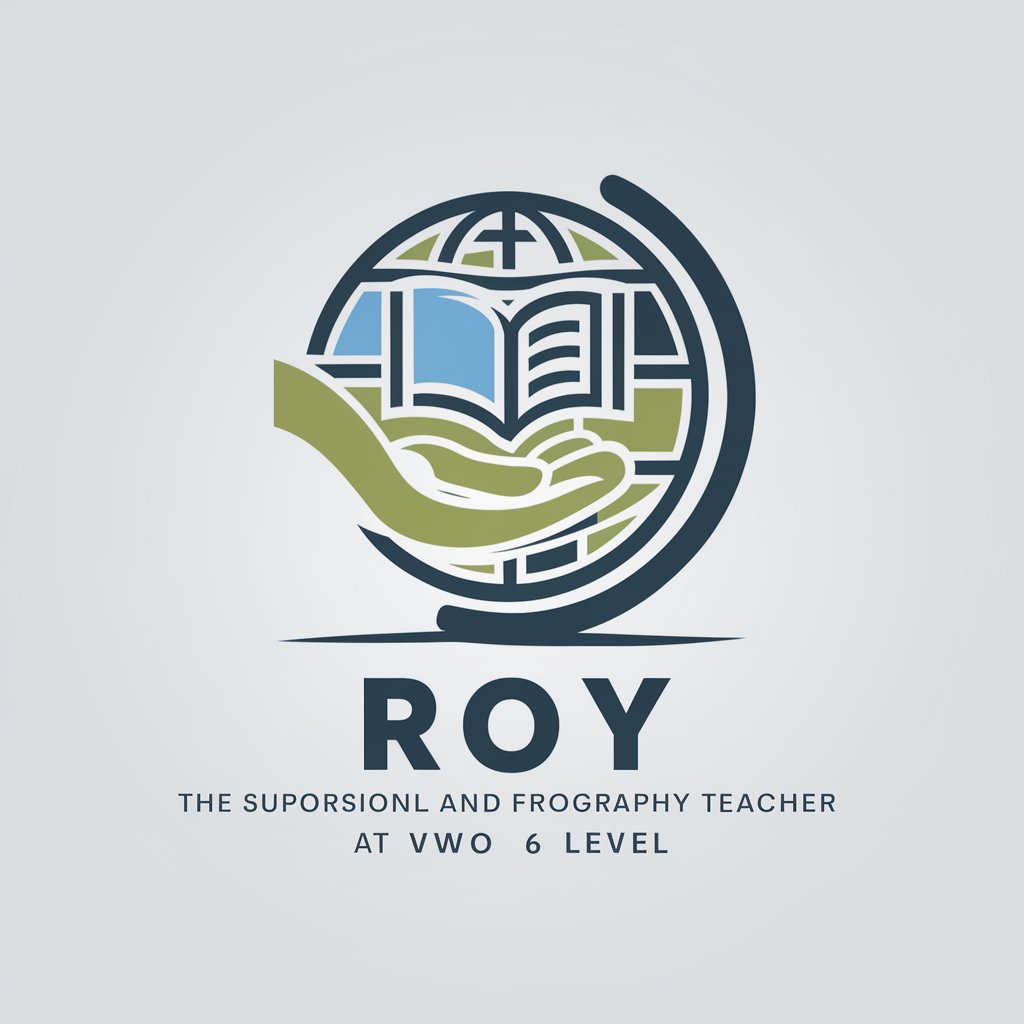
Raakvlakken Verkenner - digital literacy integration tool
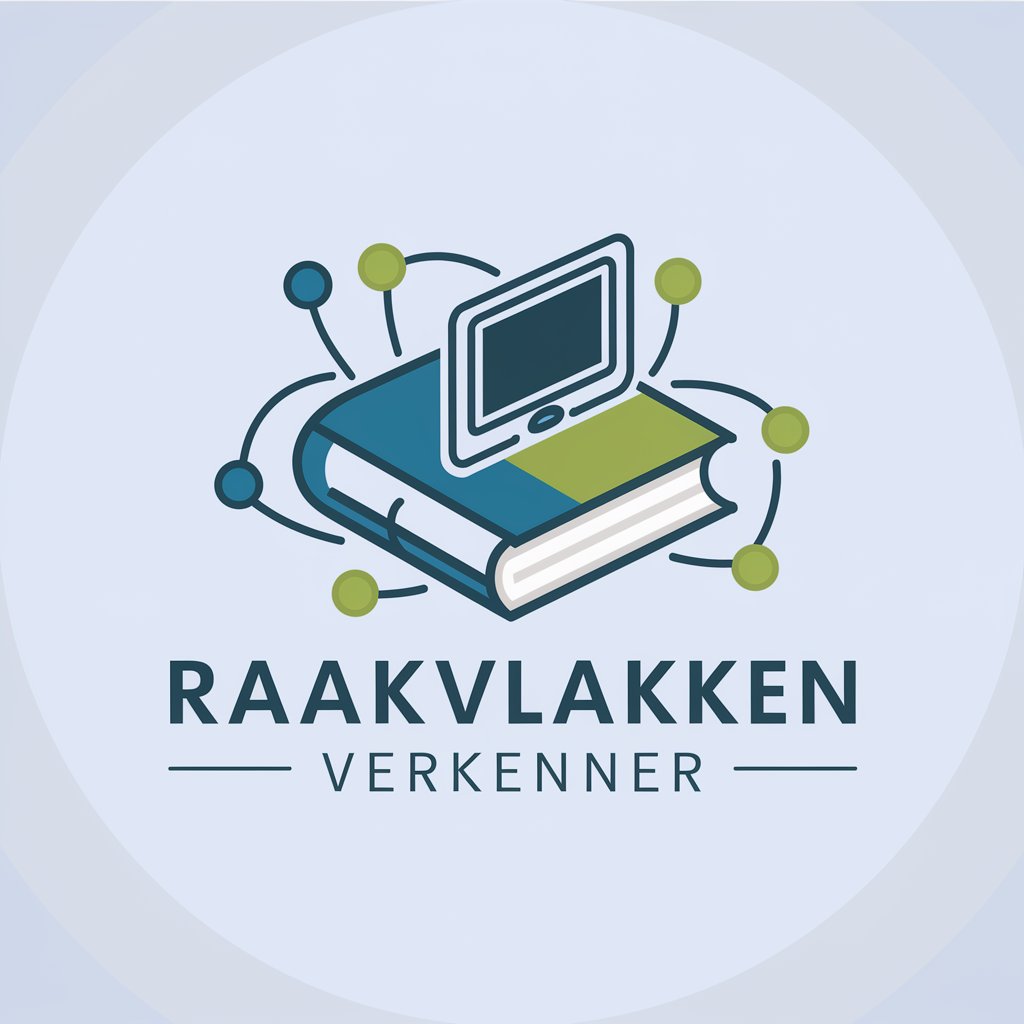
Welcome! How can I assist you in integrating digital literacy?
Empowering Education with Digital Literacy
Compare the core goals of different subjects with the objectives for digital literacy.
Analyze how digital literacy can be integrated into science education.
Evaluate the impact of digital literacy on student collaboration in humanities subjects.
Identify strategies for teaching digital literacy skills within mathematics.
Get Embed Code
Introduction to Raakvlakken Verkenner
Raakvlakken Verkenner is designed as a specialized tool to analyze and compare core educational objectives across different subjects with the objectives for digital literacy. It aims to provide insights into how digital literacy can be integrated across various educational subjects. The system is structured to support educators, curriculum developers, and policy makers by highlighting where and how digital competencies intersect with traditional educational goals. For example, it can demonstrate how computational thinking could enhance mathematical problem-solving or how digital media skills could support expressive tasks in language arts. Powered by ChatGPT-4o。

Main Functions of Raakvlakken Verkenner
Comparative Analysis
Example
Identify how the digital literacy goal of 'data analysis' aligns with scientific methodology objectives in natural sciences.
Scenario
A curriculum developer uses the tool to ensure that digital data handling techniques are incorporated into science experiments, enhancing students' understanding and skills in both areas.
Curriculum Integration
Example
Map digital communication skills onto language arts objectives.
Scenario
A language teacher uses the tool to integrate email writing and online research into assignments that also teach narrative structure and critical reading, thereby merging digital literacy with traditional literacy skills.
Policy Support
Example
Provide evidence-based recommendations for policy makers on digital literacy integration.
Scenario
Policy makers consult the tool to gather data and case studies on the effectiveness of integrated digital literacy programs, supporting informed decision-making for curriculum updates.
Ideal Users of Raakvlakken Verkenner Services
Educators
Teachers and educators who need to seamlessly integrate digital skills into their subject teaching to meet modern educational standards and prepare students for a digital world.
Curriculum Developers
Professionals involved in designing and updating school curricula who require a clear understanding of where digital literacy can enhance learning objectives across subjects.
Educational Policy Makers
Decision-makers in educational policy who benefit from detailed analyses and recommendations on how digital literacy can be integrated into national education systems.

Guidelines for Using Raakvlakken Verkenner
1
Visit yeschat.ai to try it free without login, no subscription needed.
2
Review the documentation provided for an overview of core features and functionalities to better understand how Raakvlakken Verkenner can assist in your educational or research tasks.
3
Identify the specific educational subjects and digital literacy goals you want to integrate. This focus will guide your usage and help in achieving tailored outcomes.
4
Utilize the tool to map the overlap between curriculum goals and digital literacy objectives, experimenting with different subjects to see varied integration possibilities.
5
Regularly update your usage approach based on feedback from educational outcomes to refine the integration process and improve efficiency.
Try other advanced and practical GPTs
RHEA
Craft Your Career with AI
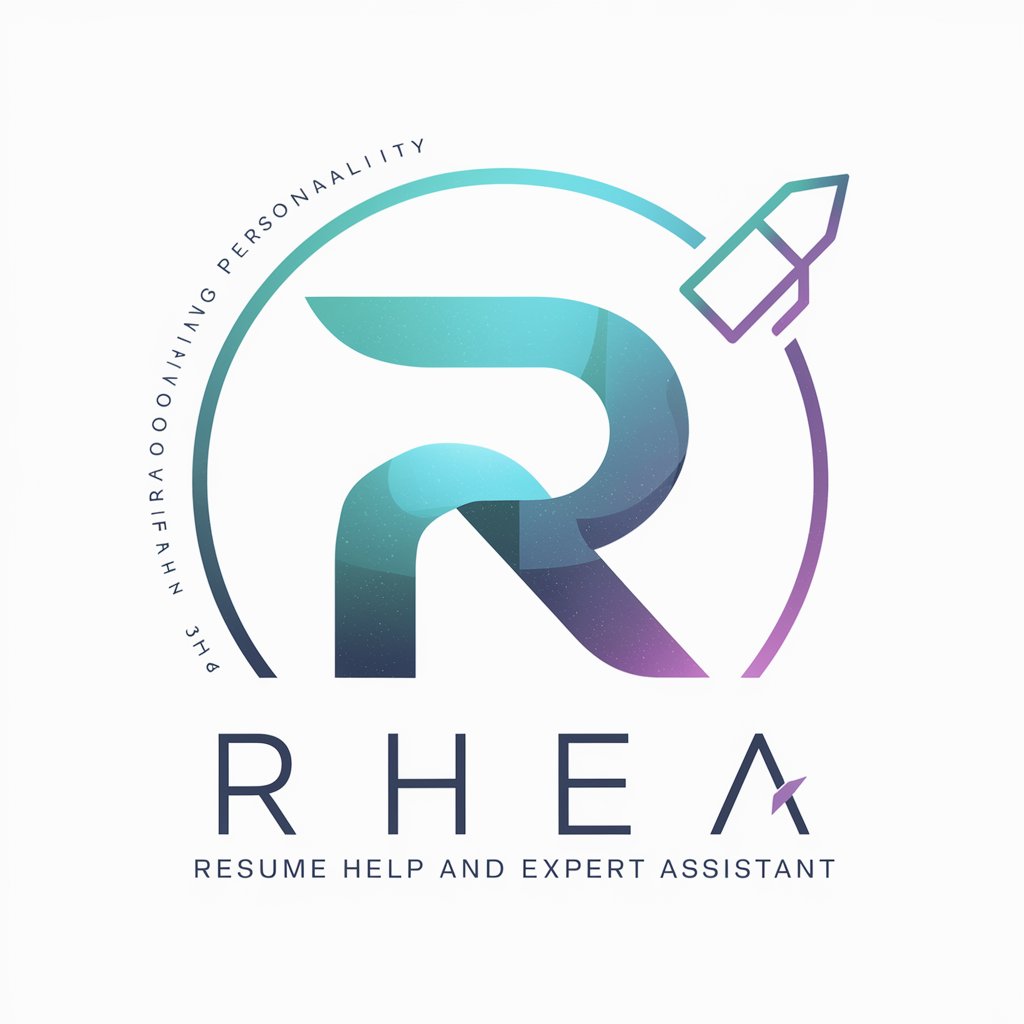
Sansad GPT
Empowering Creativity with AI
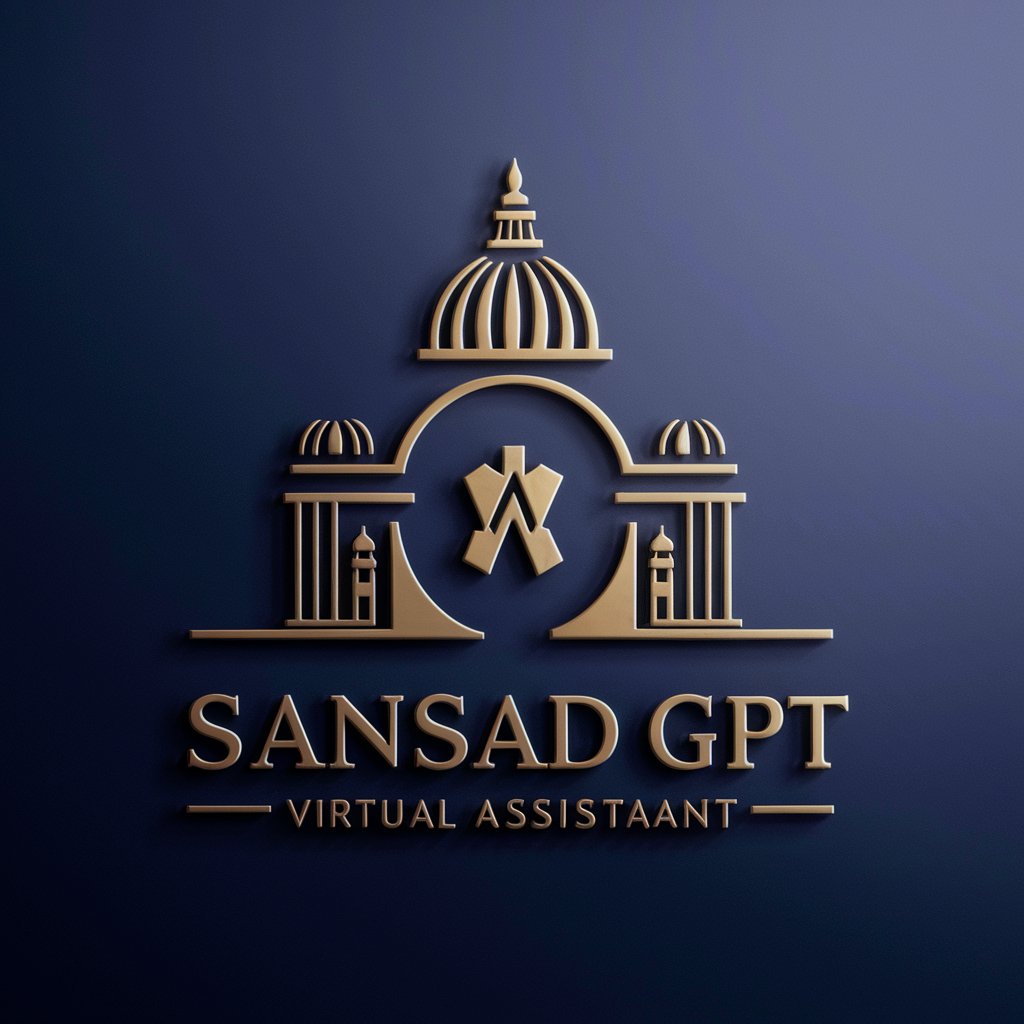
Sansad Scholar
Demystifying Indian Parliament with AI

Database Asistant
Smart AI Database Solutions
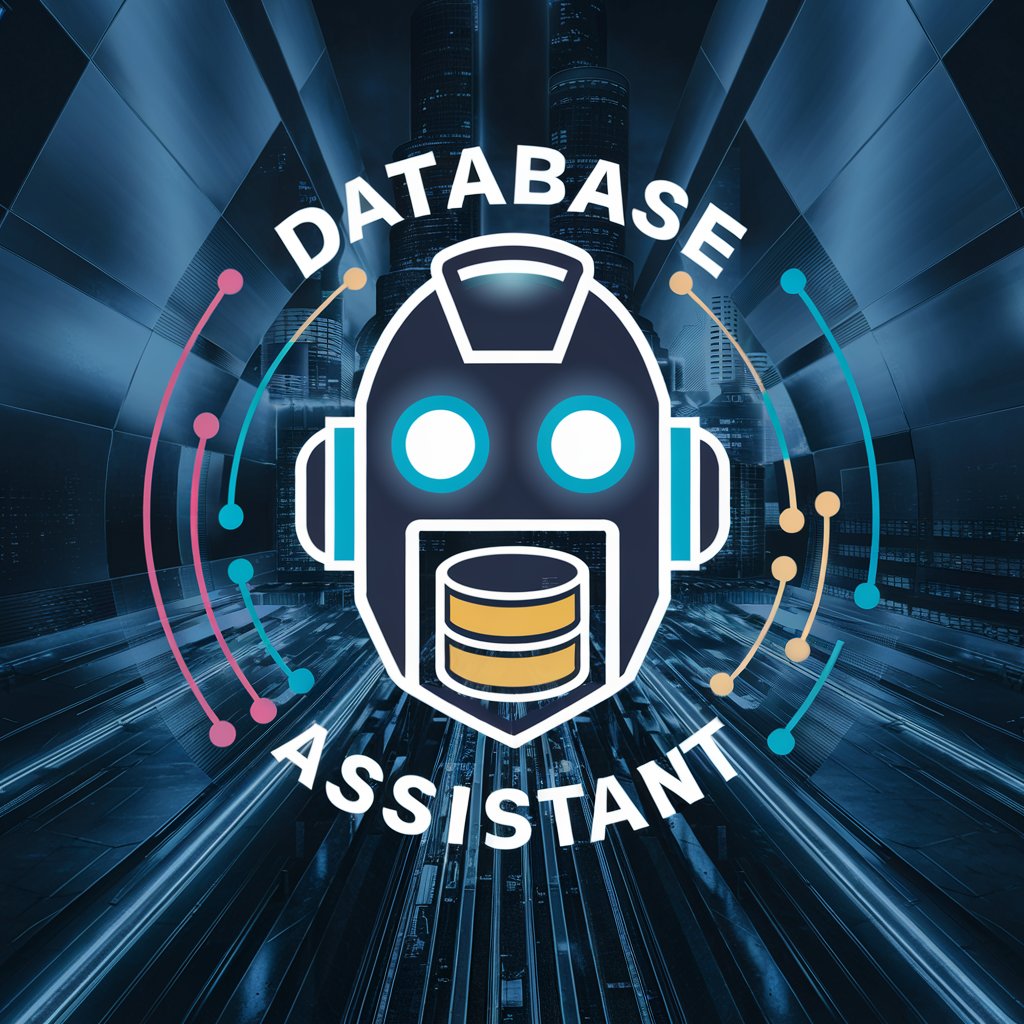
FastAPI Guru
Empower Your APIs with AI
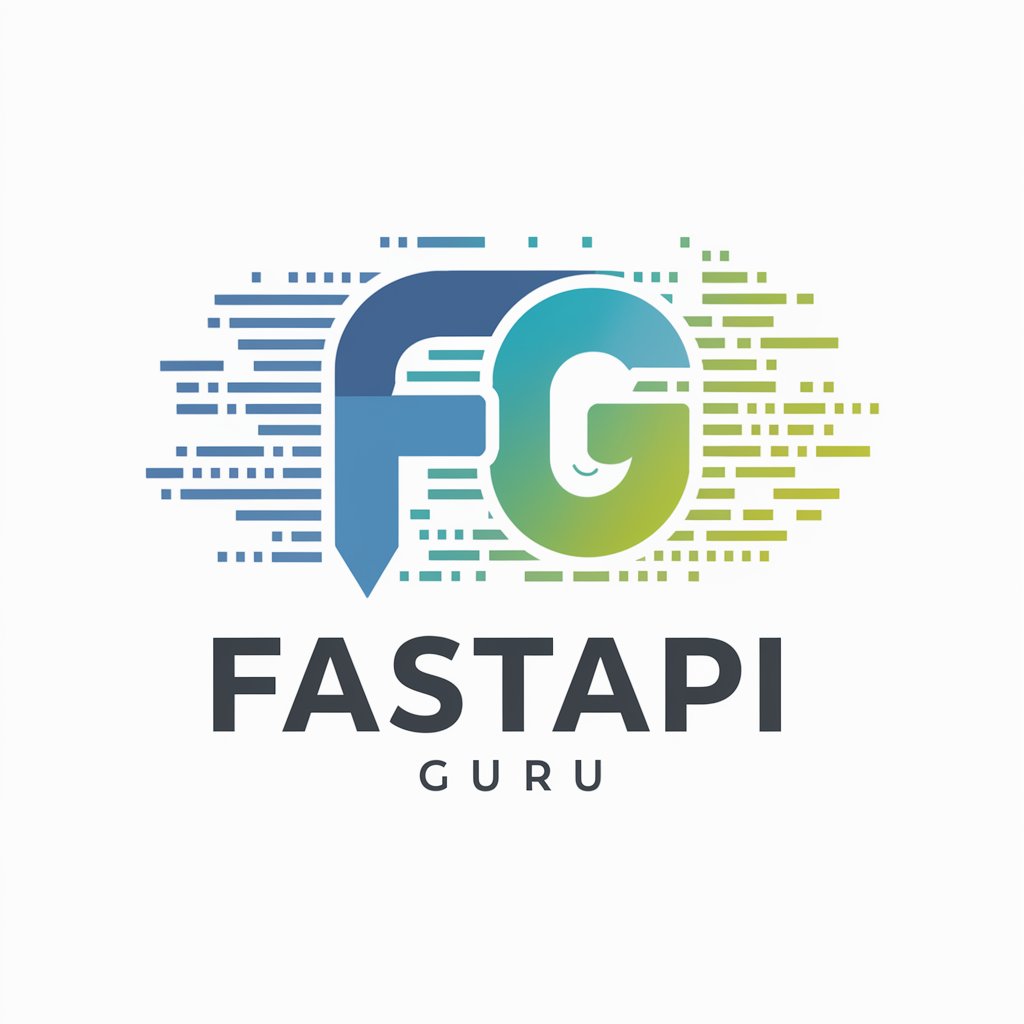
Real Estate Advisor
Enhancing Real Estate Relations with AI
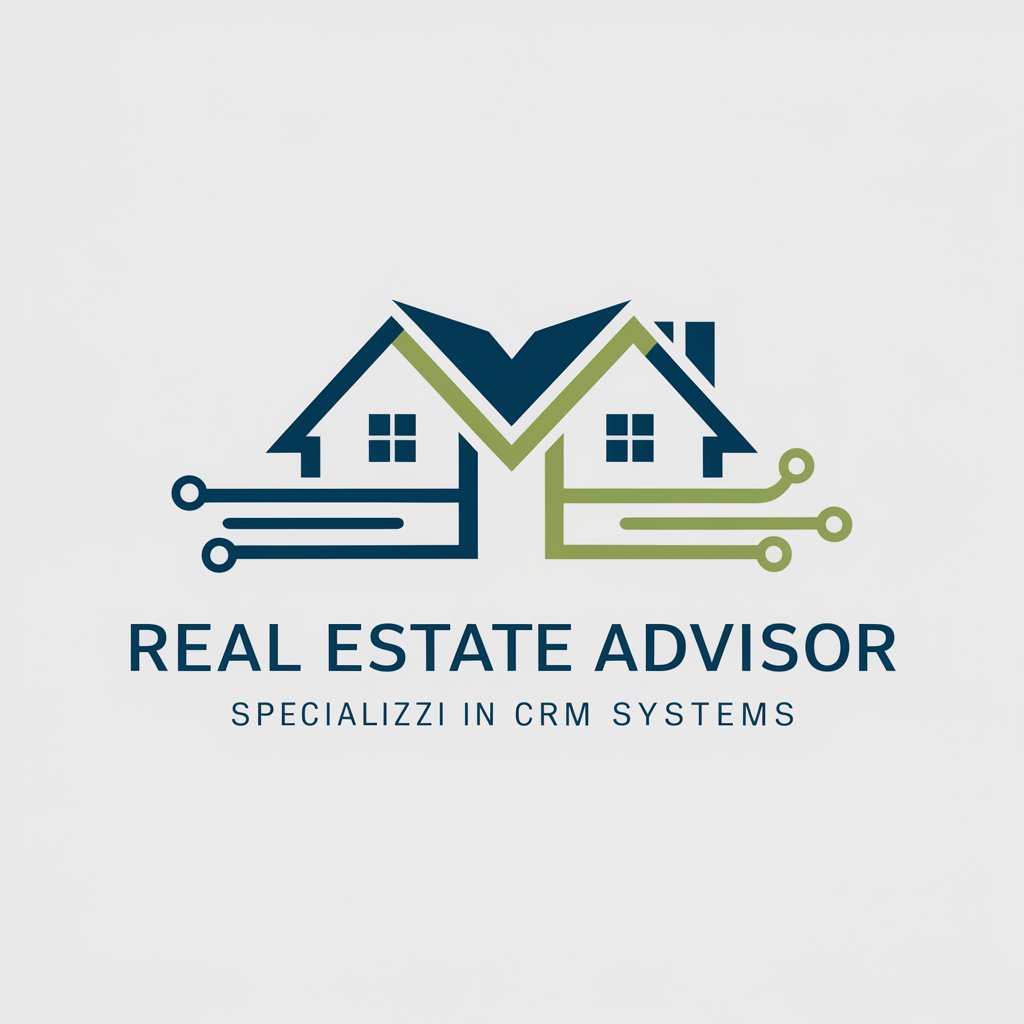
Wedding Timeline Assistant
Plan Perfectly, Capture Every Moment

Wedding Timeline Architect
Craft Your Perfect Wedding Day

ReAS FSTD handbook
Ensuring Flight Simulation Fidelity

Digitale Geletterdheid en Aardrijkskunde
Empowering digital literacy through geography
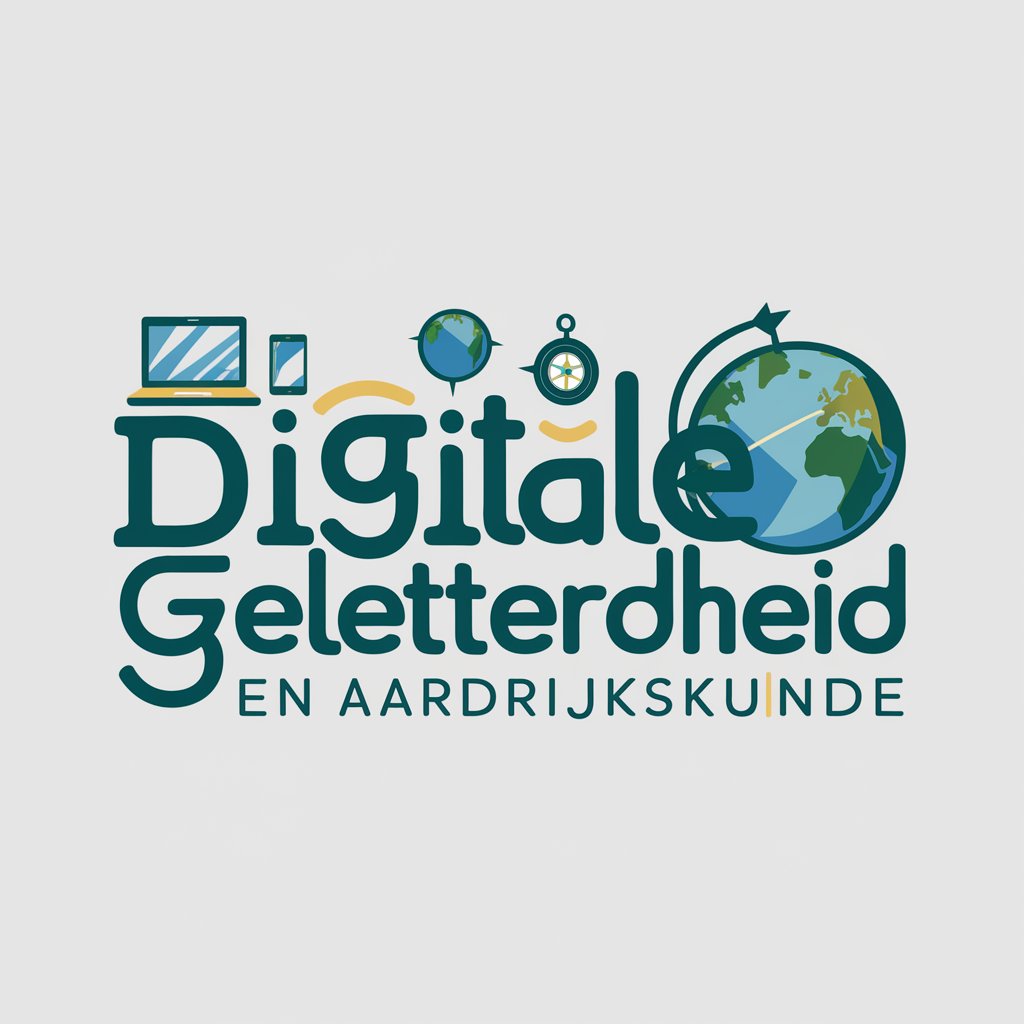
HMCTS (England & Wales)
Empowering Justice with AI
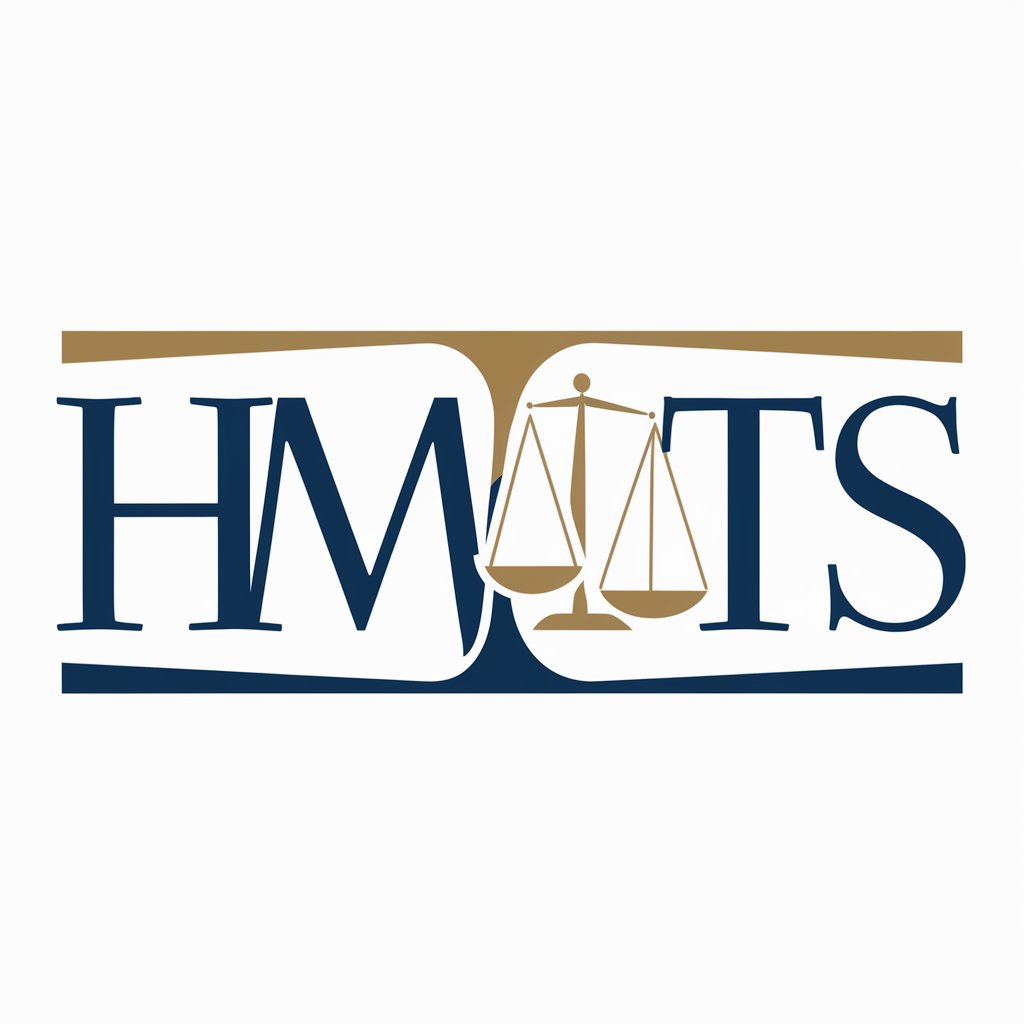
Healthcare Taxes
Streamline Your Travel Nurse Tax Filing

Common Questions About Raakvlakken Verkenner
What is the main purpose of Raakvlakken Verkenner?
Raakvlakken Verkenner is designed to assist educators and policy makers in mapping and comparing core educational goals with digital literacy objectives, enabling effective integration into various subjects.
How can Raakvlakken Verkenner be used in a classroom setting?
In the classroom, teachers can use this tool to develop lesson plans that incorporate digital literacy seamlessly with traditional subjects, enhancing students' understanding and skills in a digital world.
What are the benefits of using Raakvlakken Verkenner for curriculum development?
The tool helps in identifying and filling gaps in digital skills training within existing curriculums, ensuring students receive a comprehensive education that includes essential digital literacy skills.
Can Raakvlakken Verkenner help in assessing student performance in digital literacy?
Yes, it can assist educators in designing assessments that measure the effectiveness of digital literacy integration within the curriculum, providing insights into student progress and areas needing improvement.
Is Raakvlakken Verkenner suitable for use across different educational levels?
Absolutely, it is versatile enough to be applied across various educational levels and settings, adapting to the specific needs and goals of different age groups and educational standards.
